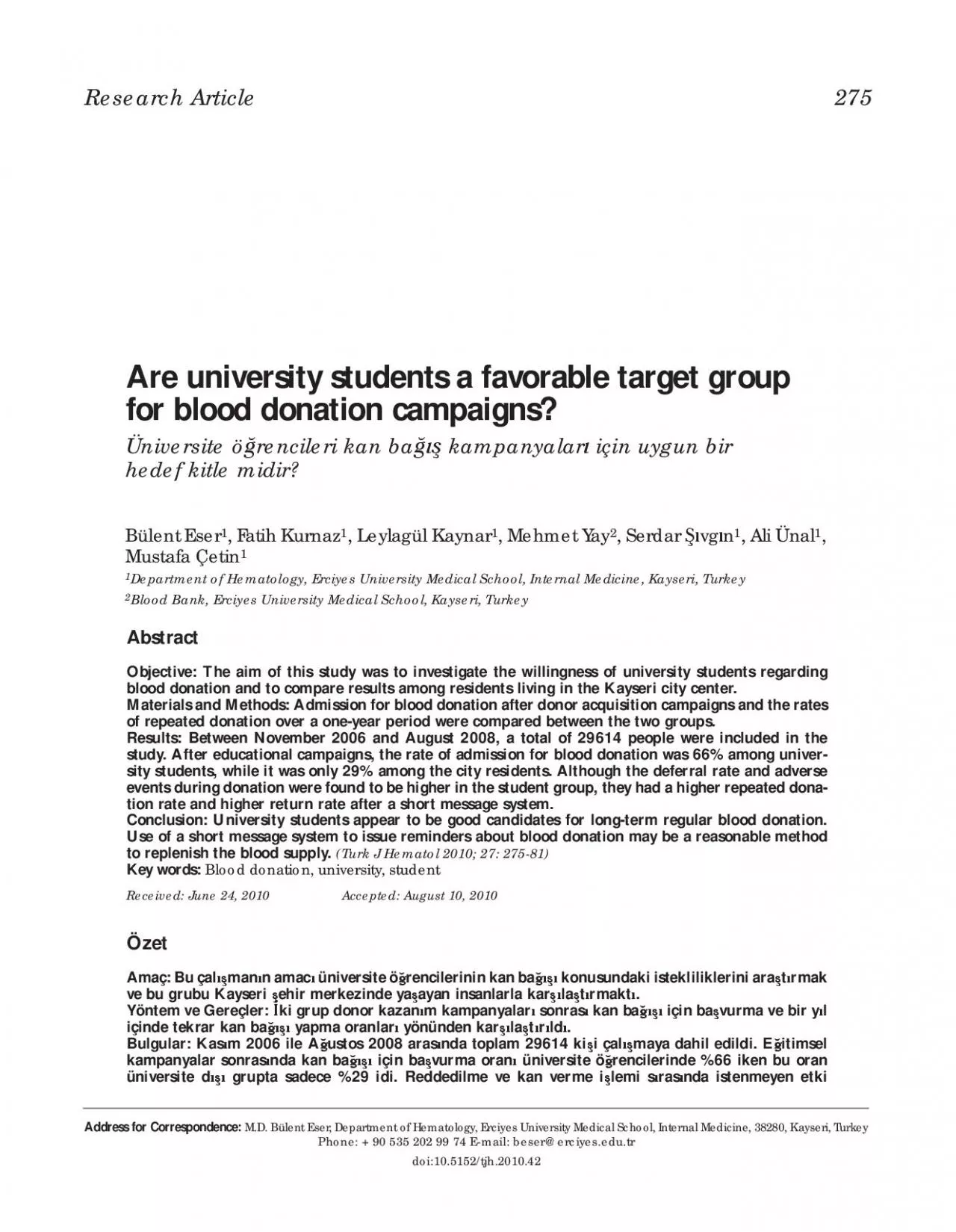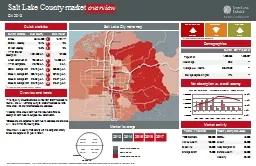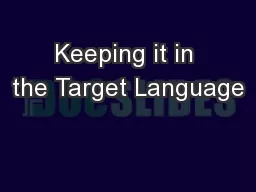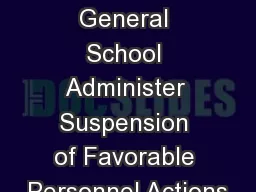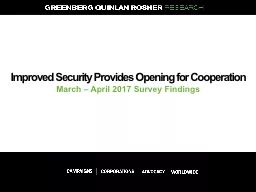PDF-Research ArticleAre university students a favorable target group for b
Author : payton | Published Date : 2022-10-13
Objective The aim of this study was to investigate the willingness of university students regarding blood donation and to compare results among residents living
Presentation Embed Code
Download Presentation
Download Presentation The PPT/PDF document "Research ArticleAre university students ..." is the property of its rightful owner. Permission is granted to download and print the materials on this website for personal, non-commercial use only, and to display it on your personal computer provided you do not modify the materials and that you retain all copyright notices contained in the materials. By downloading content from our website, you accept the terms of this agreement.
Research ArticleAre university students a favorable target group for b: Transcript
Download Rules Of Document
"Research ArticleAre university students a favorable target group for b"The content belongs to its owner. You may download and print it for personal use, without modification, and keep all copyright notices. By downloading, you agree to these terms.
Related Documents

